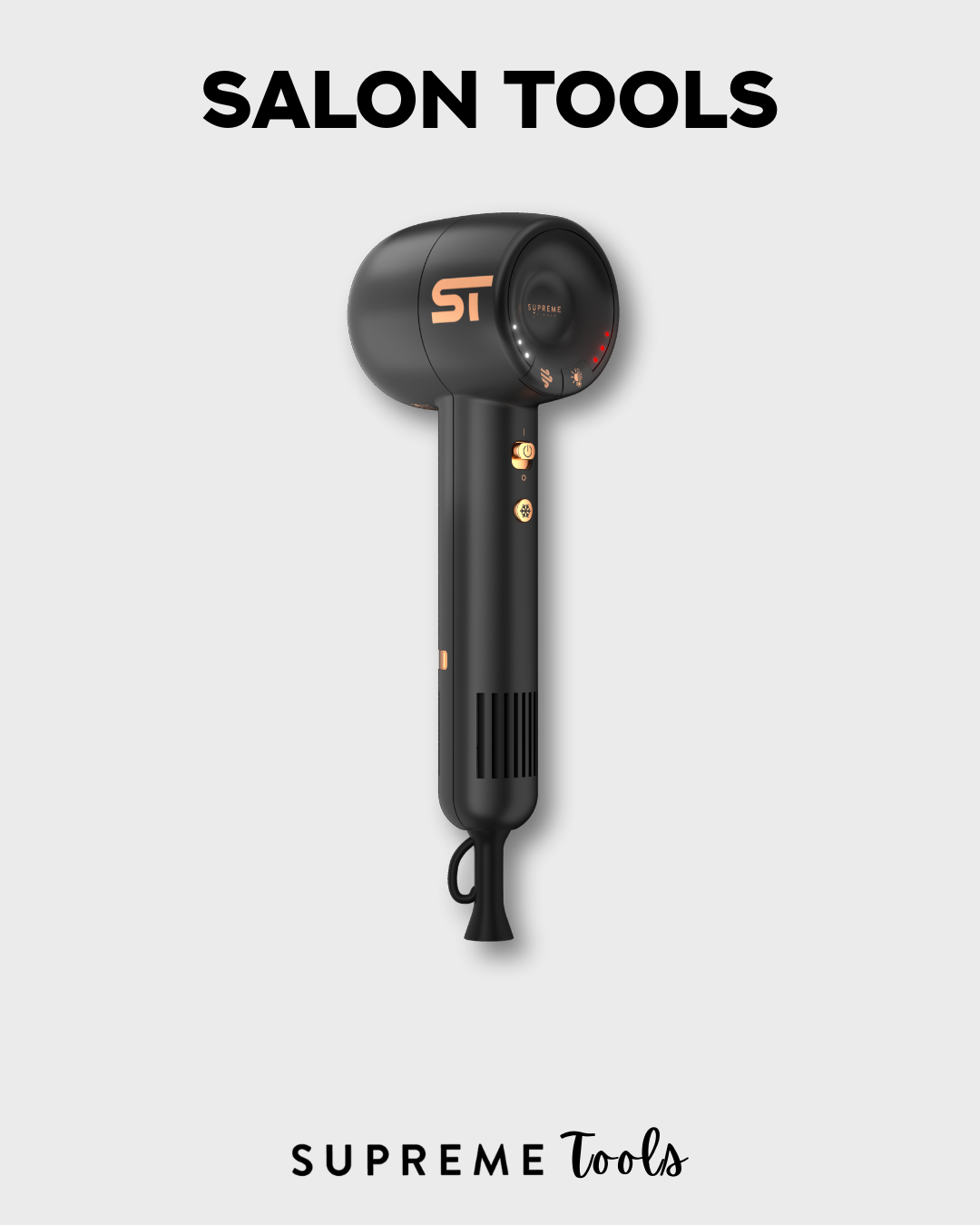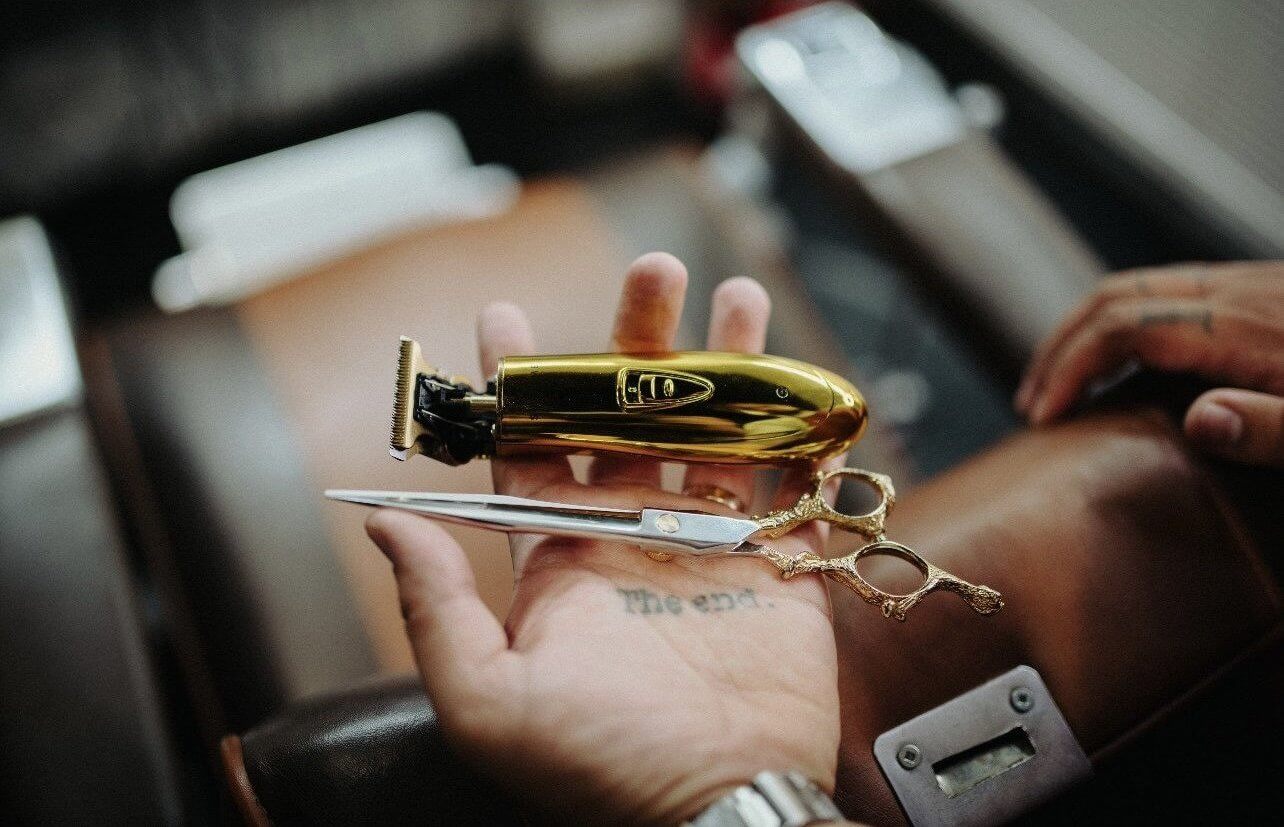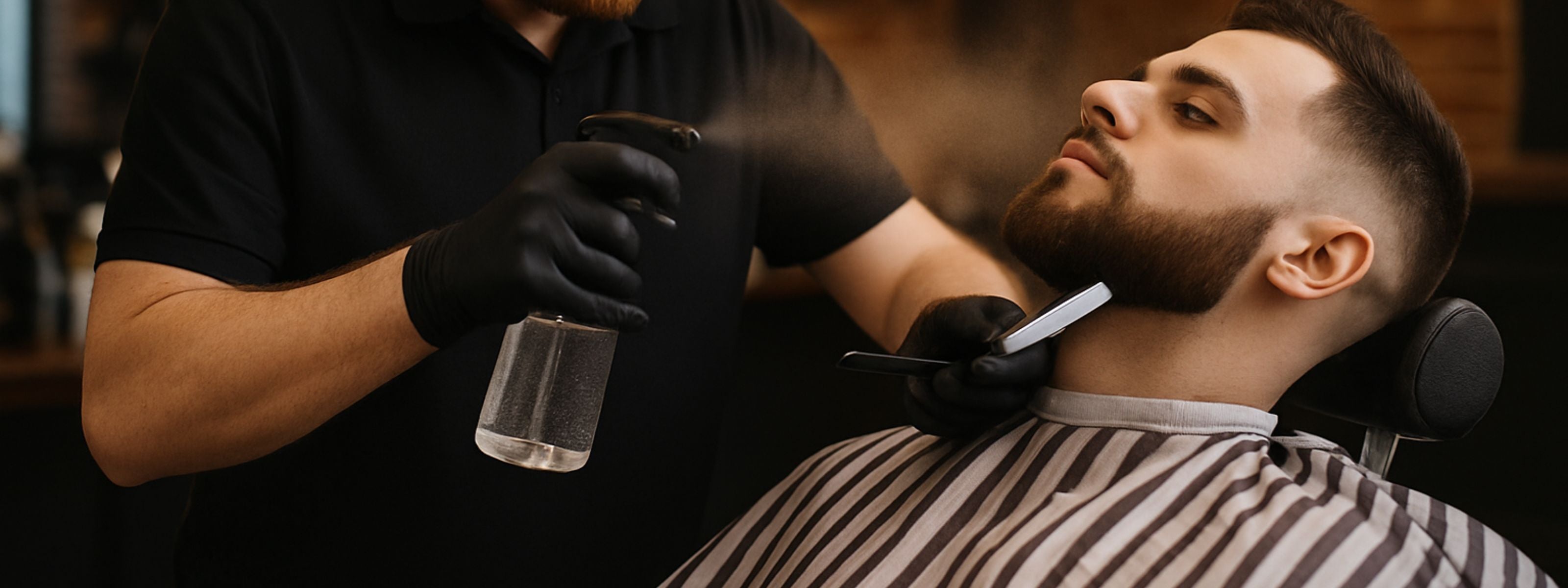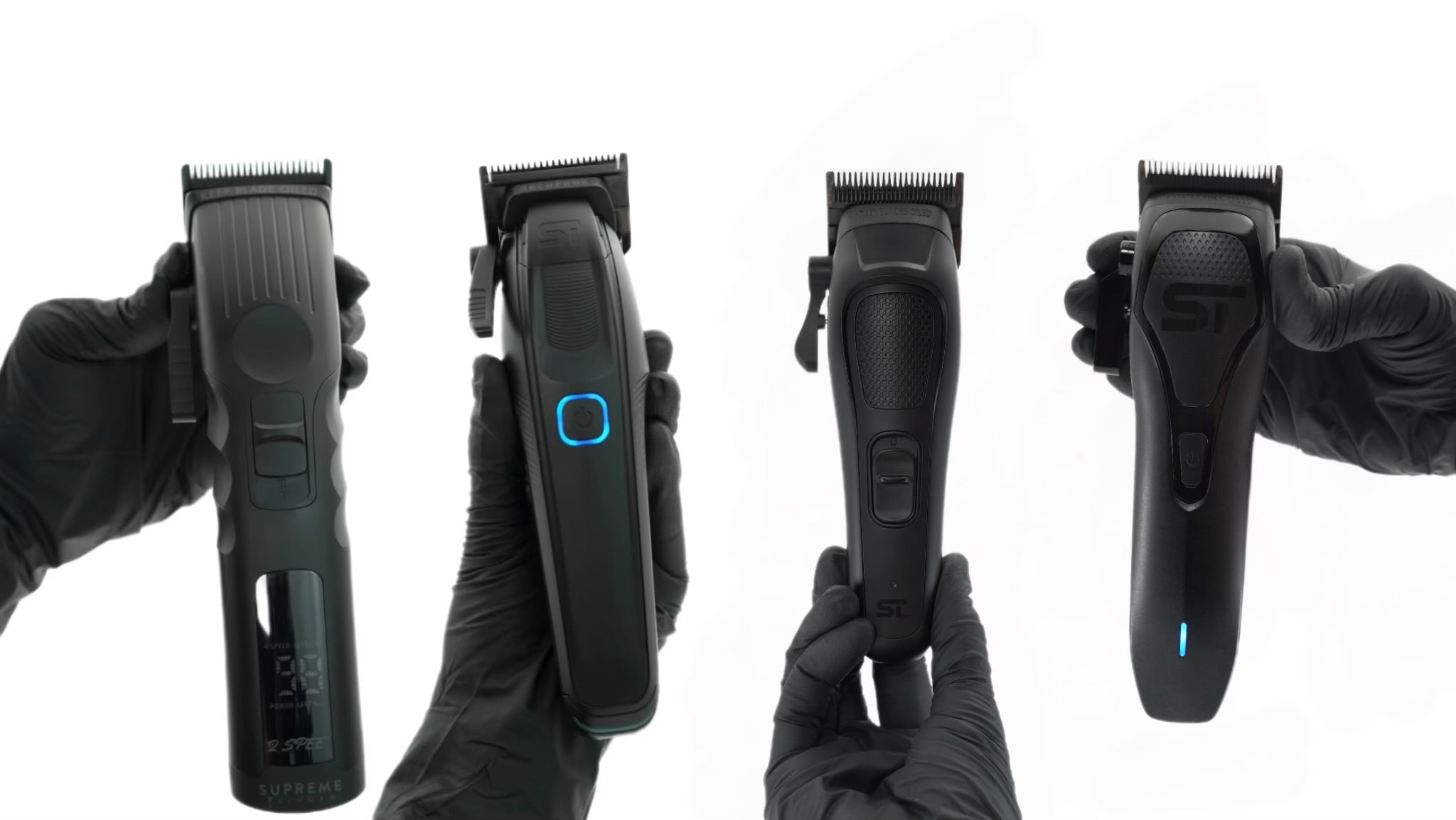As a barber or grooming enthusiast, keeping your clipper and trimmer blades sharp is essential for achieving clean and precise cuts. Over time, the blades can become dull, leading to less efficient and subpar results. However, with the right tools and techniques, you can sharpen your clipper and trimmer blades and restore their cutting prowess. In this blog, we will guide you through the process of sharpening these blades effectively.
1. Gather the Necessary Tools:
Before diving into the sharpening process, gather the following tools:
- Blade cleaning brush
- Blade oil
- Flathead screwdriver (if required for blade removal)
- Sharpening stone or blade-specific sharpening kit
- Lubricant spray or clipper oil
2. Clean the Blades:
Start by removing any hair or debris from the blades using a blade cleaning brush. Ensure that the blades are free of any buildup or residue. Cleaning the blades not only improves the sharpening process but also prolongs the life of the blades.
3. Remove and Inspect the Blades (if applicable):
Depending on your clipper or trimmer model, you may need to remove the blades for sharpening. Refer to the manufacturer's instructions or use a flathead screwdriver to detach the blades carefully. Take note of the blade orientation for reassembly.
While inspecting the blades, check for any signs of damage or excessive wear. If the blades are damaged, it may be more appropriate to replace them rather than attempting to sharpen them.
4. Choose the Right Sharpening Method:
There are various methods to sharpen clipper and trimmer blades, including:
- Sharpening Stone: Use a sharpening stone designed specifically for clipper blades. Follow the instructions provided with the stone, ensuring that you maintain a consistent angle and apply even pressure while sharpening. Typically, the process involves making light, circular motions on the stone with the blade.
- Blade-Specific Sharpening Kits: Many manufacturers offer blade-specific sharpening kits that provide a precise and efficient sharpening process. These kits often include specialized tools and guidelines tailored to the specific blade design.
5. Sharpen the Blades:
Regardless of the method chosen, the key is to maintain a steady hand, a consistent angle, and use even pressure while sharpening. Move the blade across the sharpening surface in a controlled manner, ensuring that the entire cutting edge receives equal attention. Continue the sharpening process until the desired sharpness is achieved. Be patient and take breaks as needed to prevent overheating the blades.
6. Clean and Lubricate the Blades:
Once the blades are sharpened to your satisfaction, clean off any metal filings or debris. Apply a few drops of blade oil or a lubricant spray to the blades, ensuring that the lubrication reaches all moving parts. This helps reduce friction, prolongs the blade's life, and ensures smooth operation.
7. Reassemble and Test:
If you removed the blades, carefully reassemble them according to the manufacturer's instructions. Ensure they are securely fastened. Turn on the clipper or trimmer and test the blades to ensure they are functioning smoothly and cutting efficiently.
Conclusion:
Sharpening your clipper and trimmer blades is an essential skill for barbers and grooming enthusiasts alike. By following the steps outlined in this blog, you can maintain the sharpness of your blades, ensuring clean and precise cuts. Remember to clean and lubricate your blades regularly to prolong their lifespan and always prioritize safety when handling sharp objects. With practice and the right techniques, you'll be able to revive your clipper and trimmer blades, elevating your grooming game to the next level.
Mastering the Art of Blade Sharpening: Reviving Your Clipper and Trimmer Blades
Continue Browsing
Barber Tools
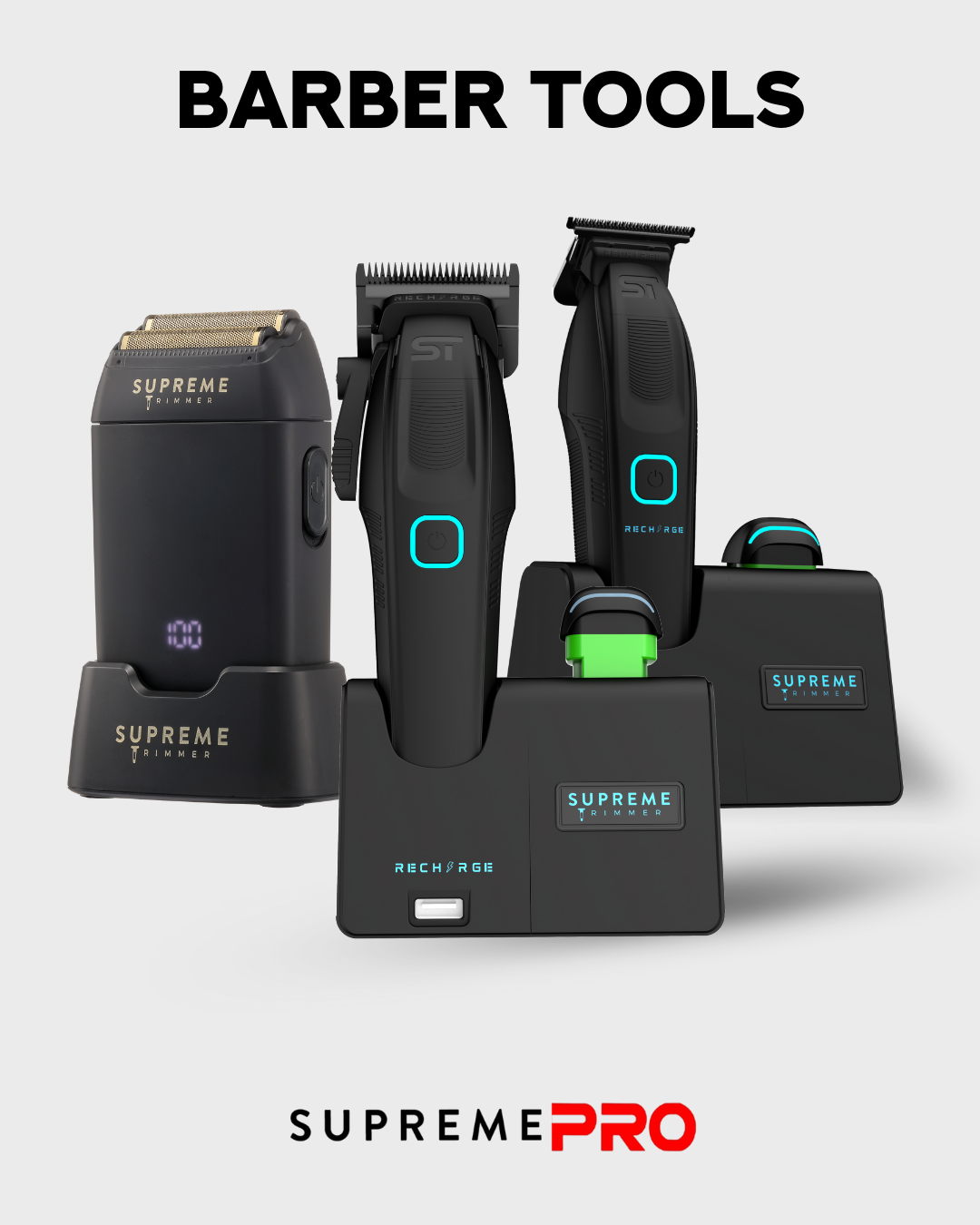

Barber Tools
Enhancements


Enhancements
Personal Grooming
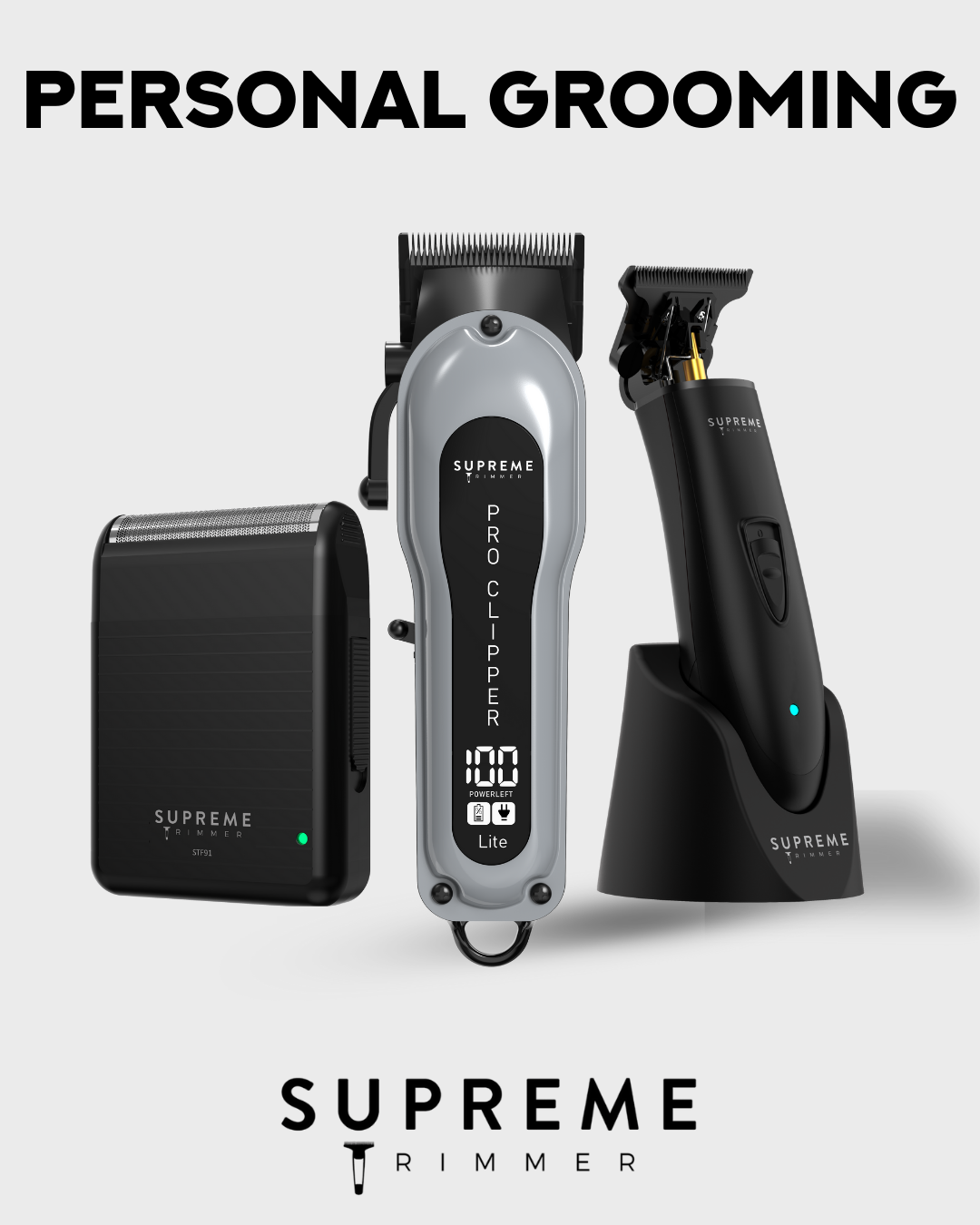

Personal Grooming
Salon Tools
